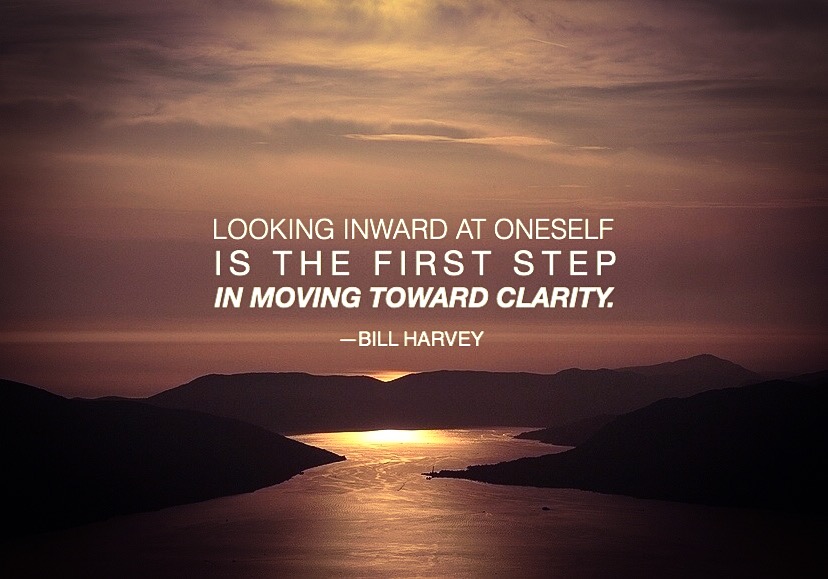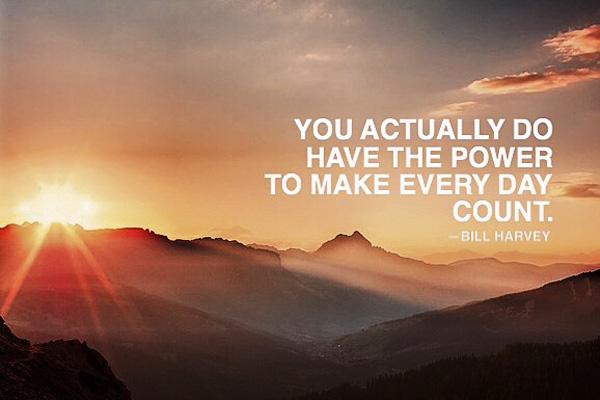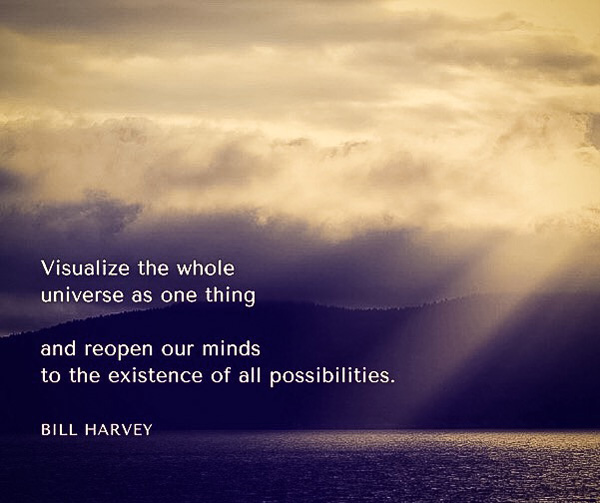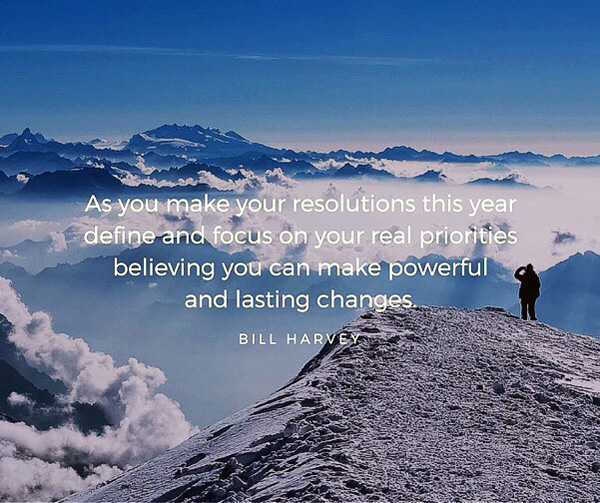Updated March 27th, 2020
Now that we are all temporarily confined to quarters – with hopefully some escape to Nature – it’s a perfect time to spend some of it alone within our own selves, reinvestigating that ever-familiar landscape as if for the first time, taking a really good look at what’s in there, without expectations. But possibly with some other cartographer’s notes against which to compare your own inner experiences.
All of us are naturally curious about our own selves. When someone who knew us when, someone older, tells us a story about something we did when we were too young to remember it, we are raptly attentive.

If it were not for the culturally ubiquitous time pressure, we would have the same curiosity if offered a searchlight method to see more deeply into our own mind than ever before. Here we offer just such a searchlight.
This posting is a brief exploration into the architecture of inner experience and offers tools to look into your inner Self, through observation and experience. Why bother? Because in order to get into the two higher, most effective states of consciousness — the Observer State, where we can really see what is going on inside ourselves rather than being puppeteered by software in our heads, and the Flow state (Zone), where we are spontaneously doing everything just right — we need to become experts in the empirical study of our own minds and inner life.
What Is the Architecture of Our Inner Life?
Carl Jung defined the four functions of consciousness as perception, feelings, intellect and intuition — the latter referred to in day-to-day life as “hunches”. These are four kinds of events that can go on in consciousness.
Within consciousness, what we experience first is something inside that motivates us and moves us toward or away from something. Those are feelings. Instincts — hardwired genetic carryovers inherited before birth — are partly responsible for some or all of our feelings. The rest arise from motivations we accumulated during our lives, stuff we learned or decided to want or not want as a result of our experiences since birth.
So what are these things you call your thoughts, your feelings, your hunches, your perceptions? Consider, or reconsider, all of the experiences you have had of your own mind, your own inner life.
When I watch what goes on inside of me, it often starts with a feeling that is also somehow an image at the same time. Another part of me then takes that feeling/image and interprets it as a conscious thought — putting names, categorizations, and other specific recognizable details onto the original amorphous feeling/image.
I think that’s what a thought is. An interpreted feeling/image. Diverging from Jung, I posit that thoughts and feelings are the same thing, at different stages of development.
Thoughts add details to feelings/images, turning them into specifications, bringing out additional information that had somehow been packed into the feeling/image.
Possibly feelings are the most substantial and primary actor, coming out of our most intimate connection with our self, and arising to be transmuted into intuitions and/or thoughts and/or emotions and/or images/visions.
Perceptions coming in from the “outside” accompanied by an equal stream of feelings from “inside” suggests that feelings are another sense, like seeing and hearing. In which case, we simply perceive, and the rest of the functions are what evolves from our perceptions. In other words, feelings are inner perceptions, and what we call sense perceptions are outer perceptions. Inner and outer perceptions are the raw stuff of experience, and as we turn them over in our minds, those perceptions turn into thoughts and/or intuitions.
I suggest that perceptions evolve into what Jung classified as thoughts (intellect) and/or hunches (intuition). Outer perceptions — the five physical senses — are what Jung called “perceptions” — and the inner perceptions are what Jung called “feelings”. In my own experience, the raw stuff of my inner life is comprised of feeling/image arisings that I then articulate internally as thoughts, with either words or not, or observe as hunches, without inner words.
Intellect and intuition have always been seen as similar functions. Intellect reaches new conclusions step by effortful step. Intuition gets there in one leap, involuntarily, all by itself. Sometimes when the intuition or hunch is particularly credible and important and came out of nowhere, we call it inspiration, suggesting help from some outside invisible source.
The Searchlight to Our Inner Self
We need maps to study consciousness. We also need meditation to concentrate on seeing what really goes on inside by understanding the basic building blocks of all inner experience — thoughts, feelings, intuitions, and perceptions.
Try this. Find five minutes when you can’t be interrupted and there is nothing dragging you away like a deadline. You might not find time to try this until the weekend, so leave yourself a note somewhere you’ll see it Saturday or Sunday morning.
Sit with your eyes closed and back straight, with your head drawn up toward the ceiling. First, still the mind by experiencing your breath going in and out, without trying to control the breath in any way. After a half-dozen breath cycles or whenever you feel as if your mind is relatively still, begin the exercise.
Now simply watch for what happens at the very beginning of a thought or feeling. A thought or a feeling is going to arise. You are in a state of concentrated sharp attention and the game is to see that arising as quickly as possible, identify what it is, and be able to remember the experience of it as accurately as possible.
This is not as easy as it sounds because we tend to get so instantly caught up in the thought or feeling we forget that we are doing this exercise. That is, until through exercises like this, we find that we have gained true control of our minds in a gradual process that we get better and better at over time. By looking inside, we can begin to cut through dogma and other people’s beliefs, and see for ourselves who we are in our inner worlds.
Best to all,
Bill
Read the latest post at my media blog “In Terms of ROI“ at MediaVillage.com.




